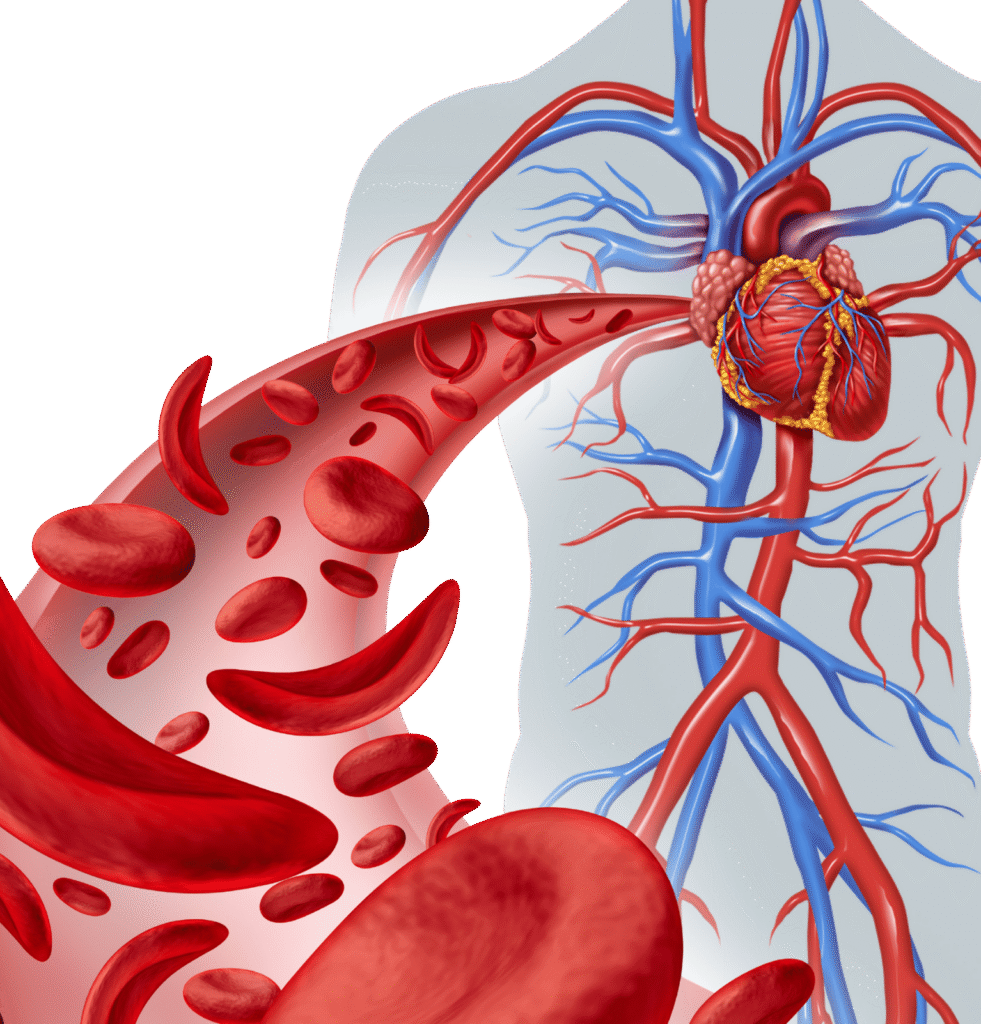Leukemia and Lymphoma
Leukemia and Lymphoma are two primary types of blood cancers, which originate in the blood-forming tissues or immune system cells. While both involve uncontrolled growth of abnormal white blood cells, they differ significantly in their origin, behavior, and the parts of the body they primarily affect.
Leukemia
a cancer that begins in the blood-forming tissues of the bone marrow, the soft, spongy tissue inside bones where blood cells are produced. It involves the uncontrolled production of abnormal white blood cells (leukocytes). These abnormal cells, called leukemia cells, do not mature properly and accumulate in the bone marrow, interfering with the production of healthy red blood cells, white blood cells, and platelets.
Key characteristics of Leukemia
Origin
Primarily in the bone marrow.
Spread
Leukemia cells typically circulate in the blood and can spread to other organs like the spleen, liver, lymph nodes, and central nervous system.
Impact
Leads to a deficiency of normal blood cells, causing symptoms like anemia (due to low red blood cells), infections (due to ineffective white blood cells), and bleeding/bruising (due to low platelets).

Types of Leukemia
Acute Leukemias
Rapidly progressing
Involve immature blood cells (blasts) that multiply quickly. o Require immediate, aggressive treatment.
Acute Myeloid Leukemia (AML)
Affects myeloid cells (precursors to neutrophils, eosinophils, basophils, monocytes, and red blood cells/platelets).
Acute Lymphoblastic Leukemia (ALL)
Affects lymphoid cells (precursors to lymphocytes: T-cells and B-cells). More common in children.
Chronic Leukemias
Slower progressing
Involve more mature, but still abnormal, blood cells. May develop gradually and sometimes require less aggressive initial treatment.
Chronic Myeloid Leukemia (CML)
Affects myeloid cells, often associated with the Philadelphia chromosome.
Chronic Lymphocytic Leukemia (CLL)
Affects lymphoid cells (B-lymphocytes). More common in older adults.
Lymphoma
Lymphoma is a cancer that originates in the lymphocytes (a type of white blood cell) and primarily affects the lymphatic system. The lymphatic system is a vital part of the immune system, comprising lymph nodes, lymphatic vessels, the spleen, thymus, tonsils, and bone marrow. It helps fight infection and disease.

Types of Lymphoma
Hodgkin Lymphoma (HL):
Characterized by the presence of a specific type of abnormal cell called the Reed-Sternberg cell.
Typically spreads in an orderly fashion from one lymph node group to the next.
Highly curable, especially in early stages.
Non-Hodgkin Lymphoma (NHL):
A more diverse group of lymphomas that do not contain Reed-Sternberg cells.
Can arise in lymph nodes or other organs (extranodal sites).
Spreads in a less predictable pattern than Hodgkin lymphoma.
Many different subtypes, varying in aggressiveness (indolent/slow-growing vs. aggressive/fast-growing). Examples include Diffuse Large B-cell Lymphoma (DLBCL) and Follicular Lymphoma.
Key Differences and Similarities
| Feature | Leukemia | Lymphoma |
|---|---|---|
| Primary Origin | Bone marrow (blood-forming cells) | Lymphocytes within the lymphatic system (e.g., lymph nodes, spleen) |
| Primary Site | Blood and bone marrow | Lymph nodes and other lymphatic tissues, can form solid tumors |
| Cell Type | Myeloid or Lymphoid precursors (immature or mature) | Lymphocytes (T-cells or B-cells) |
| Presentation | Often presents with abnormal cells in the bloodstream; affects blood counts | |
| Diagnosis | Blood tests, bone marrow biopsy | Lymph node biopsy, imaging scans |

